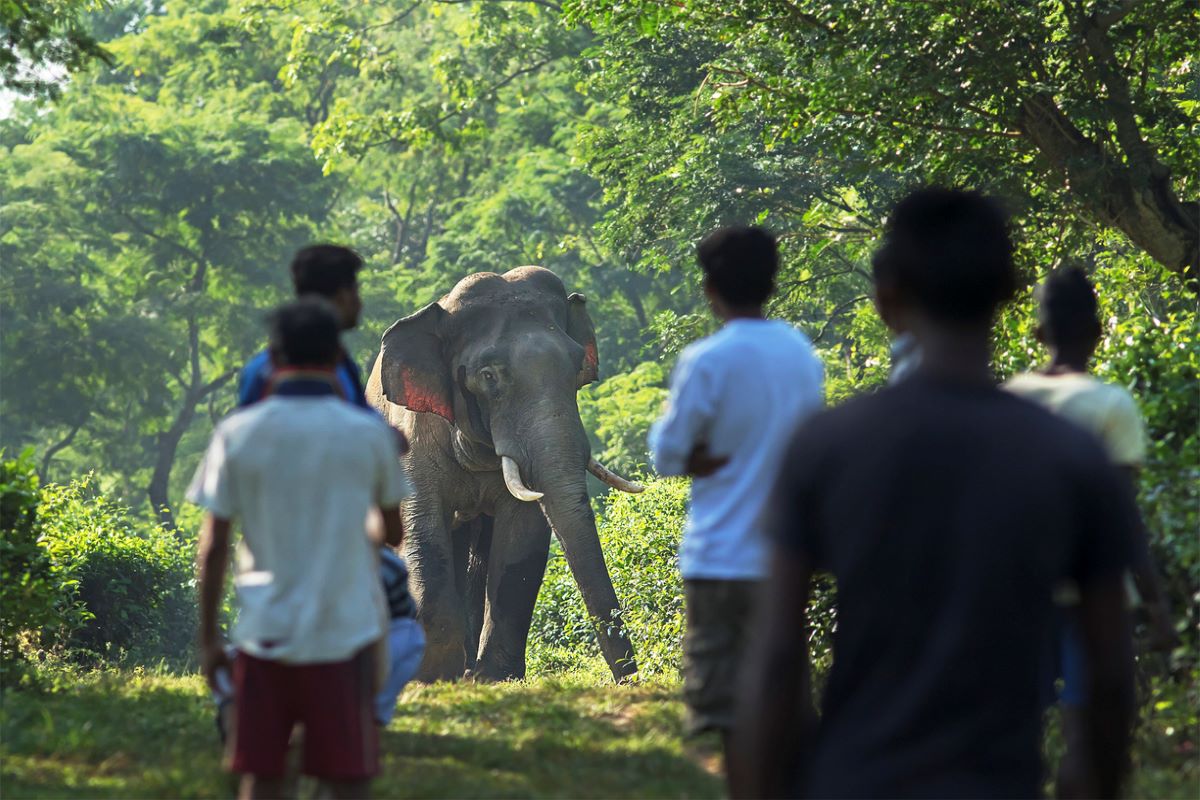There are two facets to the danger that elephants must contend with in South Bengal’s Bankura district. From North Bengal, where they have been flung to death by speeding trains ~ the forest corridor for wildlife has hardly been effective ~ to the Junglemahal belt, the man-animal conflict has assumed a new and arguably still more tragic dimension.
The residents, agricultural workers in particular, have illegally installed fencing, powered by electricity, to bar the pachyderms from stomping onto the fields. In the net, wildlife has been further denuded. According to a report in this newspaper, many elephants have dropped dead after coming in contact with electrified fences.
Advertisement
Just as movement of the creatures can scarcely be controlled to ensure their safety, so too have the power authorities in rural Bengal been negligent while the West Bengal State Electricity Board goes on with rural electrification. The elephants have not been warded off from the farmland. Far from it. On the contrary, they have dropped dead while on the move, reaffirming the belief that even the forests are occasionally unsafe for their principal residents.
A check on electrical fencing is direly imperative. These are illegal, though it must be conceded that the elephant herds do enter fields and cause extensive damage to crops in an area where agriculture is the principal occupation of the populace.
In Dalma range, despite the death of the pachyderms, the villagers have constructed electrical fencing to protect the agricultural produce and, no less crucially, their homes. In the span of a week, such unauthorized fences have claimed the lives of two full-grown elephants in Bankura. On 12 March, the carcass of one elephant was found on agricultural land within the Belboni forest beat. There was a severe injury on its trunk, believed to have been the cause of its death.
On 7 March, an elephant was found dead, once again near the Belboni sanctuary. Small wonder that the divisional forest authorities have been accused of negligence. As the noted filmmaker, Bert Hanstra, would have remarked, “Ape and Superape” are in conflict. Ergo, it devolves on West Bengal’s Forest department to put in place measures that will protect both humans and elephants.
Incidents such as those reported this month are not uncommon. Between 2016 and 2018, two elephants had died due to electrocution in Bankura. The autopsy reports are yet to be disclosed. The onus lies on mankind, the species given greater wherewithal to do so, to find ways for all forms of life to co-exist. The old script that sees a few clucks of concern being followed by masterly inactivity cannot work indefinitely











